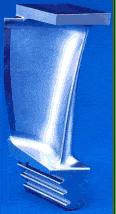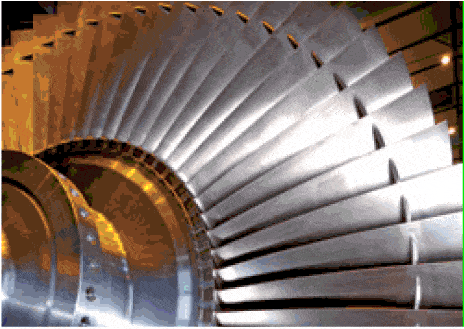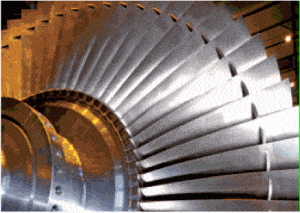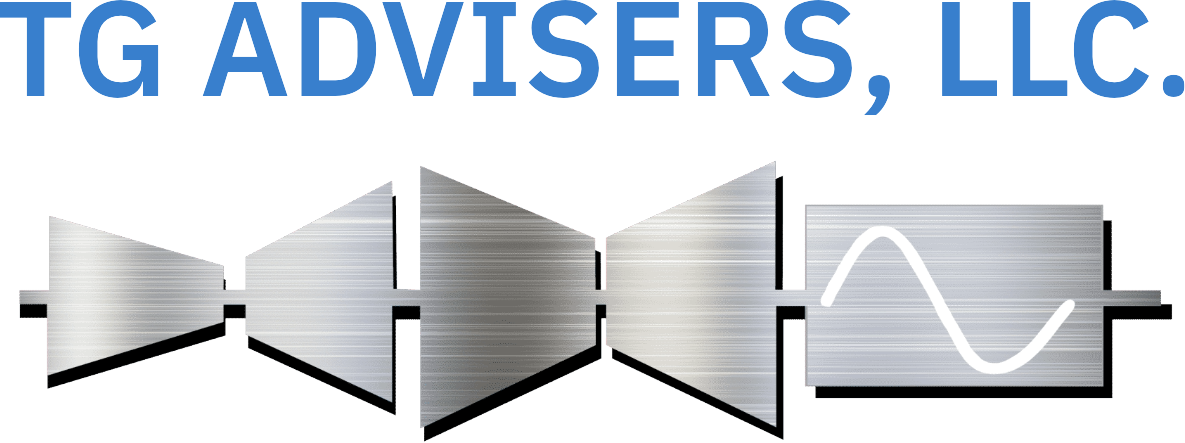Structured Technical Reviews of Turbine-Generator Retrofits
For older plants, turbine-generator retrofits are an effective and economical option to extend plant life. However, retrofits entail risks that, if not identified and mitigated early in the planning process, have significant consequences. A recent failure on a nuclear retrofit LP last stage blade is an example of the potential impact of these risks. Other retrofits have been plagued with unplanned inspection requirements, blade replacements, rotordynamic modifications, and extensive diagnostic monitoring that could have been avoided. A recommended strategy to minimize such issues is to employ a structured technical review focused on the risks inherent in retrofit projects. Such a process ensures owners have the best opportunity to realize the benefits of improved reliability, efficiency, and output associated with retrofitting new technologies and components into an existing unit.
Technology Advances and Benefits
Improved performance and output are provided primarily by improvements in turbine blade path design and generator sealing and cooling. Blade path improvements include thermodynamic design (e.g. 3-dimensional reaction blading), sealing enhancements (e.g. brush seals, retractable packing, low diameter sealing), and configuration (e.g. advanced inlet features, conversion from impulse to reaction blading, additional stages). For example, 3-dimensional blade profiles, as shown in the figure to the right, account for variation in radial flow and changes in velocities from the base to tip of the blade. Technology and manufacturing advances have enabled low cost production of these complicated blade profiles.


Turbine rotor advances are primarily focused on improving reliability. All rotors, whether integral/monoblock or disc/shaft construction, are designed to lower stress in areas susceptible to stress corrosion, fatigue and creep. At the same time, advancements in rotordynamic analysis permit more accurate prediction of rotor and train lateral and torsional frequencies. The figure to the left is an Alstom Nuclear LP Last Stage Blade Snubber Design intended to reduce fundamental blade vibration response.
Retrofit Risks
Although such improvements provide benefits, there are inherent risks in their application. New design last stage blades, for example, have a number of potential failure mechanisms that should be thoroughly analyzed and validated before being placed into service. Blade failure can result in unplanned blade replacement or worse, consequential damage requiring an extensive outage.A new turbine or generator rotor, even if employing conventional technology, presents a different challenge. This is due to rotordynamic interactions introduced whenever a major train component is replaced. For example, a unit that was acceptable from a rotordynamic standpoint prior to retrofit may have torsional modes close to operating frequencies afterwards. If this aspect is not thoroughly understood, evaluated and, if necessary, mitigated, the potential for major failures exist. This is a greater challenge when the retrofit supplier is not the original equipment manufacturer. Although this is an acceptable practice, it is important to verify the supplier has properly modeled the non-replaced train components when performing these analyses.
Technical Review Process
A structured technical review with an experienced and unbiased 3rd party is an excellent method to mitigate such risks. If conducted early in the planning process (during vendor selection or prior to final award) such an evaluation can be used to identify areas that should be addressed through contractual requirements. Weak points where independent assessment should be conducted can be incorporated into the project schedule. In most cases an experienced 3rd party can bring industry experience including pitfalls experienced across all original equipment manufacturers and lessons learned from associated troubleshooting experience. In performing such technical reviews on recent retrofit projects, TG Advisers identified a number of issues including:
- Pedestal and bearing design inadequate to handle the loss of a LP blade
- Detrimental shift in lateral critical speeds due to pedestal stiffness unknowns
- Increased susceptibility to subsynchronous steam whirl vibration
- Seal clearances that did not account for rotordynamic effects in the design process
- Torsional vibration issues due to a lack of test basis of the parent design
- Stop/Start (low cycle fatigue) limitations with larger free standing blades
TG Advisers uncovered these issues using a structured technical review process. This process was again proven effective in 2011 for TG Advisers retrofit design reviews completed for the Entergy Grand Gulfs Nuclear Station, Nextera Point Beach Station and the GenOn Conemaugh Station.


